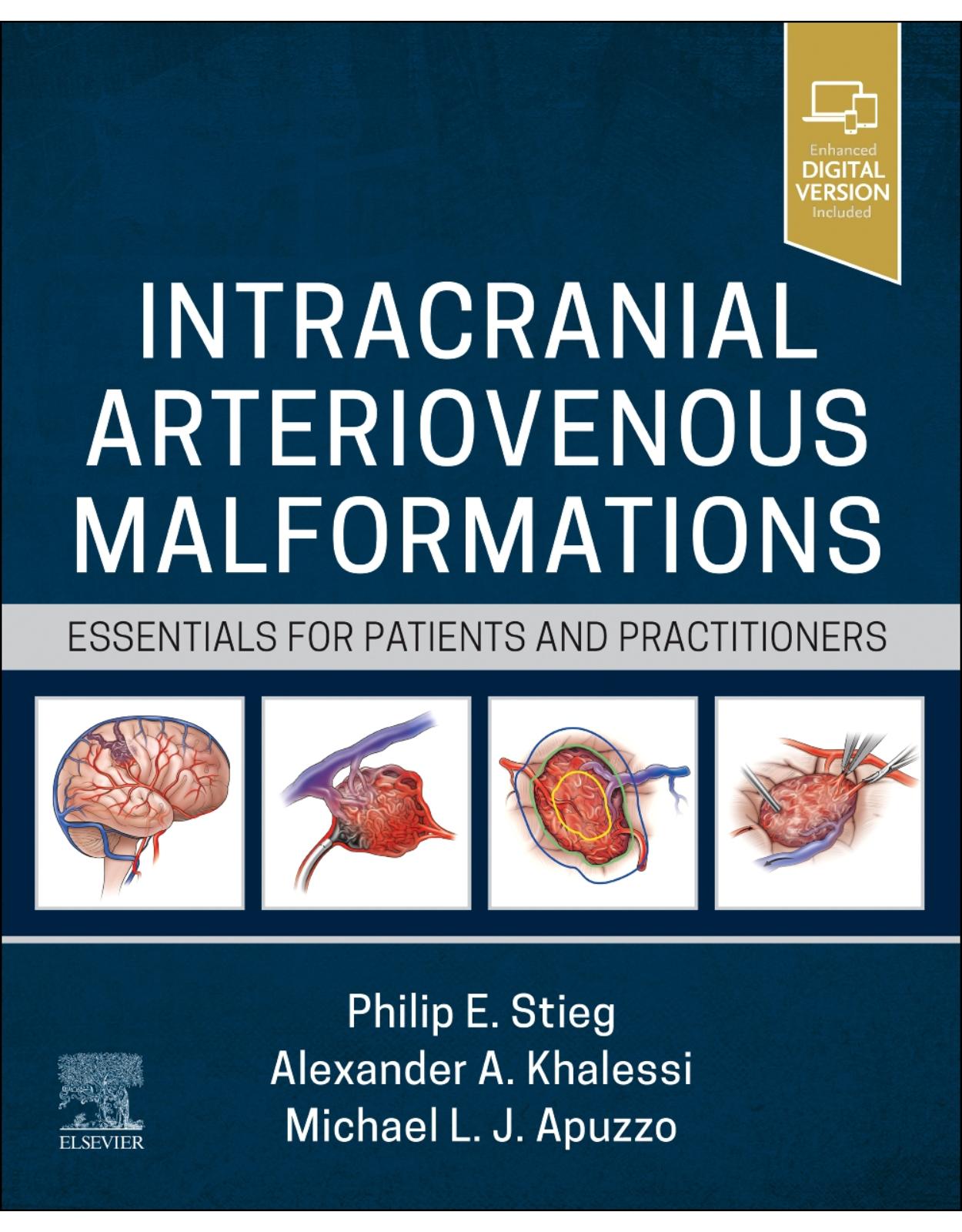
Intracranial Arteriovenous Malformations
Livrare gratis la comenzi peste 500 RON. Pentru celelalte comenzi livrarea este 20 RON.
Disponibilitate: La comanda in aproximativ 4 saptamani
Editura: Elsevier
Limba: Engleza
Nr. pagini: 450
Coperta: Hardcover
Dimensiuni: 191 x 235 mm
An aparitie: 6 sep 2023
Part 1: The Patient-Centered Approach
Section 1: Diagnosis: “What Do I Have?”
Introduction
Chapter 1: Anatomy and Histology of Intracranial AVMs
Introduction
Cerebral Arterial Anatomy
The Circle of Willis
Cerebral Vascular Architecture
The Cerebral Venous System
Location and Classification of iAVMs
Feeding Vessels
Venous Drainage
Histology
Conclusion
References
Chapter 2: Pathology and Genetics
Introduction
Pathology
Genetics of AVMs
Conclusion
References
Chapter 3: Radiographic Anatomy: CT/MRI/Angiography and Risks
Introduction
Radiographic Anatomy of AVMs
Imaging Modalities
Conclusion
References
Chapter 4: MRI Neurovascular Evaluation: Blood Flow, Perfusion, Diffusion, and Susceptibility
Introduction
4D Flow: Quantification and Visualization of Blood Flow
Arterial Spin Labeling: Perfusion and Shunting
Diffusion: Ischemic Injury and Fiber Tractography
Susceptibility: Hemorrhage and Calcium
Conclusion
References
Section 2: Natural History: “What Does It Mean To Have An AVM?”
Introduction
Chapter 5: Natural History of Intracranial AVMs
Epidemiology
Evolution of Anatomy
Mode of Presentation
Likelihood of Hemorrhage
Risk Factors for Hemorrhage
Prognosis
Conclusion
References
Chapter 6: Aneurysms Associated With AVMs
Prevalence/Demographics
Classification
Pathogenesis and Natural History
Treatment
Conclusion
References
Chapter 7: Hemodynamic Factors: Steal/Breakthrough Bleeding
Introduction
Hemodynamic Principles
AVM Hemodynamics
Conclusion
References
Chapter 8: Classification Systems
Introduction
Surgical Classifications
Radiosurgical iAVM Classifications
Endovascular iAVM Classifications
Conclusion
References
Chapter 9: Seizures and AVMs
Introduction
Mechanisms of AVM-Related Epilepsy
Specific Diagnostic Imaging in AVM-Related Epilepsy
Treatment of AVM-Related Epilepsy
Conclusion
References
Section 3: Treatment Options: “What Can I Do About It?”
Introduction
Chapter 10: Decision Analysis for Asymptomatic Lesions
Introduction
Pathogenesis and Pathophysiology of iAVMs
Natural History
Risk Stratification and Grading Scales
Clinical Decision-Making After ARUBA
Treatment Modalities
Future Directions
Conclusion
References
Chapter 11: Decision Analysis for Symptomatic Lesions
Introduction
Natural History of Untreated iAVMs
Clinical Presentations of Patients With Symptomatic iAVMs
Treatment Strategies for Symptomatic Unruptured iAVMs
Treatment Strategies for Ruptured iAVMs
Conclusion
References
Chapter 12: Decision Analysis for AVM-Associated Aneurysms
Introduction
Classification
Natural History
Pathophysiology
Pseudoaneurysms
Flow-Related and Intranidal Aneurysms and Risk of Hemorrhage
Treatment Strategies
Conclusion
References
Chapter 13: Surgical Principles: Techniques, Goals, and Outcomes
Introduction
Preoperative Planning
Principles of Surgery
Conclusion
References
Chapter 14: Radiosurgery Principles for AVM Management: Techniques, Goals, and Outcomes
Disclosure
Goals of AVM Radiosurgery
The History of Radiosurgery
Pittsburgh SRS AVM Outcomes
The Stereotactic Radiosurgical Technique
Key Findings After Three Decades
Late Adverse Effects of Radiosurgery
Repeat Radiosurgery
The Role of Preradiosurgical Embolization
Conclusion
References
Chapter 15: Principles of Neuroendovascular Management of AVMs: Goals, Timing, Techniques, and Outcomes
Acknowledgments
Introduction
Angiographic Evaluation of iAVMs
Role of Classification in Patient Selection for Neuroendovascular Treatment
Curative Embolization
Adjunctive Embolization Before Radiosurgery
Adjunctive Embolization Before Microsurgery
Palliative Embolization
Targeted Embolization and iAVM-Associated Aneurysms
Embolic Agents
General Anesthesia vs Conscious Sedation
Outcomes of Endovascular Management of iAVMs
Conclusion
References
Chapter 16: Multimodal/Combined Therapy: Goals and Outcomes
Introduction
Embolization and Radiosurgery
Embolization and Surgery
Radiosurgery and Microsurgical Resection
Embolization, Radiosurgery, and Microsurgical Resection: Treatment of Giant iAVMs
Conclusion
References
Chapter 17: Palliation Versus Observation: Nonresectable AVMs
Defining Nonresectable iAVMs
Risks Associated With Natural History
Risks Associated With Surgery
The Role of Endovascular Therapy in Palliation
The Role of Stereotactic Radiosurgery in Palliation
The Role of Clinical Observation
Conclusion
References
Section 4: Risk Profiles: “What Are My Risks With Each Decision?”
Introduction
Chapter 18: Conservative Management (“Observation”) of Intracranial AVMs
Introduction
Initial Evaluation and Classification
Decision-Making and Risk Assessment
Weighing Risks for Patients With High-Grade AVMs
Choosing the Right Management Strategy
Conclusion
References
Chapter 19: Grading Systems and Surgical Risks
Introduction
The Spetzler-Martin Grading System
Additional AVM Grading Systems
Endovascular Grading
Radiosurgery Grading
Surgical Risks
Conclusion
References
Chapter 20: Risks of Endovascular Treatment of AVMs
Acknowledgments
Introduction
Preoperative Evaluation and Staging
Preoperative Embolization
Preradiosurgical Embolization
Embolization for Cure and Transvenous Approaches
Targeted Embolization
Palliative Embolization
Complications and Risk
Technique
Conclusion
References
Chapter 21: Risks of Combined Therapies
Introduction
Embolization Followed by Resection
Embolization Followed by Stereotactic Radiosurgery
Resection Followed by Stereotactic Radiosurgery
Stereotactic Radiosurgery Followed by Resection
Combination Treatment of Giant iAVMs
Conclusion
References
Chapter 22: Risks of Radiosurgery
Introduction
Risk of Hemorrhage Post-SRS
Acute Effects
Early Delayed Effects
Late Delayed Effects
Conclusion
References
Part 2: The Physician-Centered Approach
Section 5: AVM Management For The Emergency Medicine Physician
Introduction
Chapter 23: Emergency Management of Ruptured Intracranial AVMs
Introduction
Epidemiology and Clinical Features
Management
Conclusion
References
Section 6: AVM Management For The Anesthesiologist
Introduction
Chapter 24: Medical Comorbidities in Elective Surgery
Introduction
Comorbidity Rating Scales
Preoperative Optimization
Cardiovascular Disease
Respiratory Disease
Diabetes, Renal and Liver Disease, Fluid Status, Anemia, and Other Medical Considerations
Seizures
Headaches
Pregnancy
Social and Psychiatric Comorbidities
Venous Thromboembolism Prophylaxis
Use of Antiplatelet, Anticoagulant, and Thrombolytic Agents
Other Postoperative Medical Complications
Intracranial AVM Surgery Outcomes and Their Relation to Medical Comorbidities
Conclusion
References
Chapter 25: Anesthetic Management of Intracranial AVMs
Introduction
Presentation
Treatment
Cerebrovascular Physiology
Preoperative Management
Monitoring
Anesthetic Management
Neuroprotection
Emergence
Conclusion
References
Chapter 26: Management of Perioperative Complications During AVM Treatment
Introduction
Complications During Microsurgical Resection
Complications During Neurointerventional Procedures
Complications During the Immediate Postoperative Period
Conclusion
References
Section 7: AVM Management For The Neurointensivist
Introduction
Chapter 27: Intracranial AVMs and the Neurointensivist
Acknowledgment
Introduction
Preoperative Management of Patients With Ruptured iAVMs
Postoperative Management After iAVM Treatment
Conclusion
References
Section 8: AVMS and Pregnancy
Introduction
Chapter 28: Obstetric Considerations in AVM Management
Background
Physiologic Changes Associated With Pregnancy
Risk of iAVM Rupture and Hemorrhage in Pregnancy and the Puerperium
Diagnosis
Imaging Considerations
Treatment
Special Considerations—Medical Management
Obstetrical Mode of Delivery and Treatment
Counseling
Conclusion
References
Section 9: Anatomic and Technical Considerations For The Neurosurgeon
Introduction
Chapter 29: Preoperative, Intraoperative, and Postoperative Imaging
Introduction
Wada Testing
4D Flow MRI
SPECT
Magnetoencephalography
Intraoperative Angiography
Intraoperative ICG
Postoperative Angiography
Conclusion
References
Chapter 30: Giant Intracranial AVMs
Introduction
Epidemiology and Natural History
Indications for Treatment
Treatment Options
Conclusion
References
Chapter 31: Treatment of Eloquent Cortex AVMs
Introduction
Eloquence in AVM Grading Systems
Preoperative Evaluation of Eloquence
Intraoperative Motor and Sensory Mapping
Intraoperative Speech Monitoring
Intraoperative Visual Mapping
Neuromonitoring During Endovascular Interventions
Conclusion
References
Chapter 32: Posterior Fossa AVMs
Epidemiology and Natural History
Anatomy and Classification
Patient Selection for Treatment
Perioperative Considerations
Surgical Technique
Postoperative Management and Considerations
Outcomes and Prognosis Following Microsurgical Resection
Conclusion
References
Chapter 33: Callosal and Periventricular AVMs
Introduction
Anatomy
AVM Subtypes
Surgical Approaches and Resection Techniques
Stereotactic Radiosurgery
Conclusion
References
Chapter 34: AVMs of the Sylvian Fissure
Introduction
Sylvian AVM Classification
Treatment of Sylvian AVMs
Multimodal Approaches to Sylvian AVMs: Representative Cases
Prenidal and Intranidal Aneurysms
Conclusion
References
Chapter 35: Pediatric AVMs
Introduction
Incidence
Developmental Biology
Natural History and Common Presentations
Workup and Evaluation of iAVMs
Preoperative Embolization vs Curative Embolization
Stereotactic Radiosurgery
Resection
Surveillance
Conclusion
References
Chapter 36: Residual AVMs
Introduction
Types of Residual
Management of Residual AVMs
Conclusion
References
Chapter 37: Intraoperative AVM Rupture
Acknowledgment
Introduction
Arterial Bleeding
Venous Bleeding
Nidal Rupture
Outcomes Following Rupture
Conclusion
References
Section 10: Future Considerations
Introduction
Chapter 38: The Value of a Registry
Introduction
Issues With Randomized Control Trials and iAVMs
Clinical Registries
Quality of Patient Registries
The Electronic Health Record and Clinical Registries
The Use of Registries in Neurosurgery
Intracranial AVM Registries
Conclusion
References
Chapter 39: Imaging Predictors for Rupture
Introduction
Imaging Assessment
Location
Size
Arteries and Aneurysms
Veins
Pediatric iAVMs
Posttreatment Hemorrhage
Conclusion
References
Chapter 40: Radiosurgical Innovations
Introduction
Innovations
Case Illustration
Conclusion
References
Chapter 41: Molecular Biology and Novel Treatments of Intracranial AVMs
Acknowledgments
Cellular and Molecular Biology of AVMs
Genetic Syndromes Associated With AVM Formation
Novel Therapeutic Approaches
Conclusion
References
Chapter 42: Surgical Innovations
Introduction
Patient Selection: Indications for Surgery and Natural History
Imaging Advances
Surgical Advances
Neurocritical Care and Anesthetic Advances
Combined Therapies
Surgical Centers of Excellence
Conclusion
References
Index
Read Less
| An aparitie | 6 sep 2023 |
| Autor | Philip E. Stieg, Alexander Khalessi, Michael L. J. Apuzzo |
| Dimensiuni | 191 x 235 mm |
| Editura | Elsevier |
| Format | Hardcover |
| ISBN | 9780323825306 |
| Limba | Engleza |
| Nr pag | 450 |
-
1,31000 lei 1,23700 lei

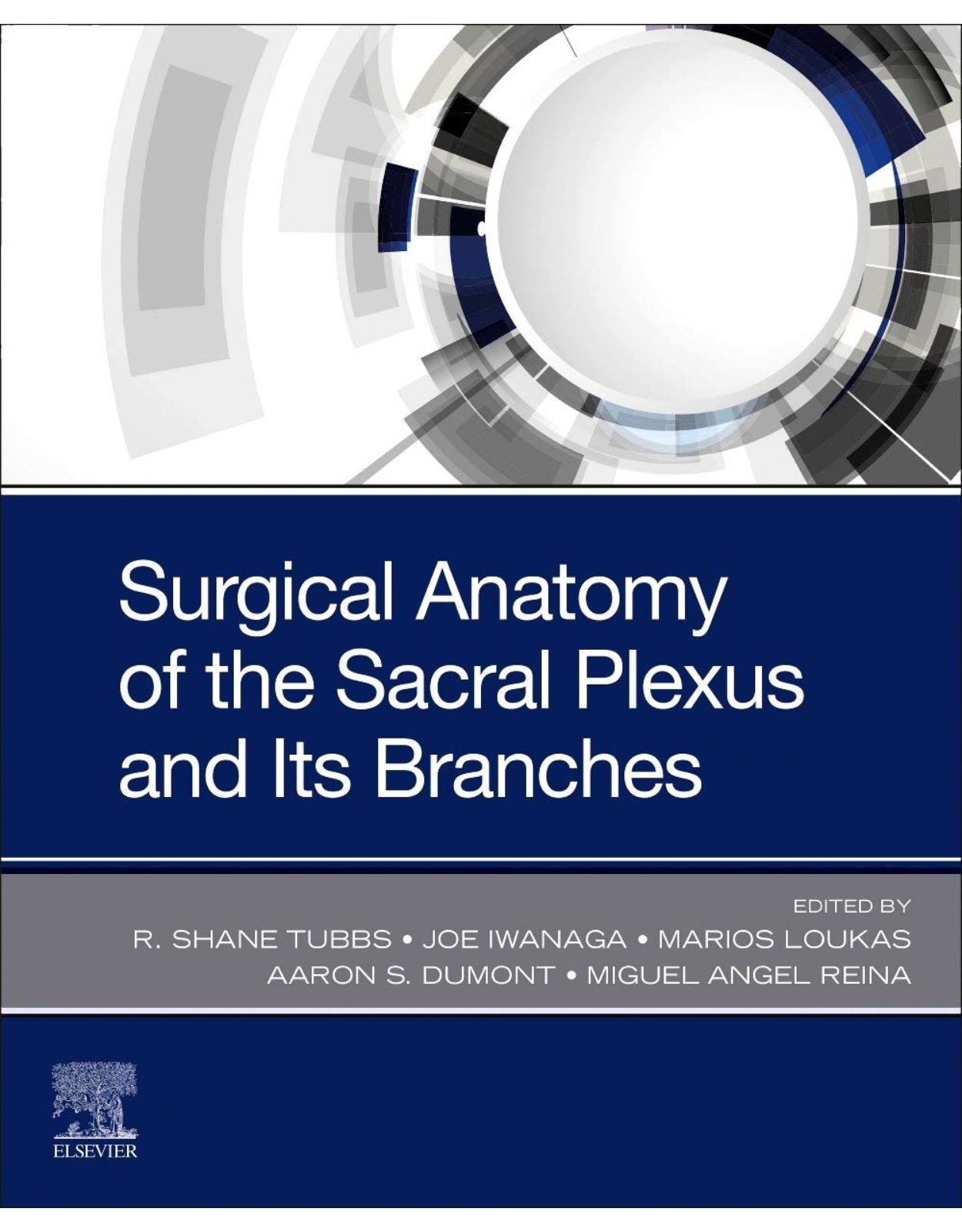
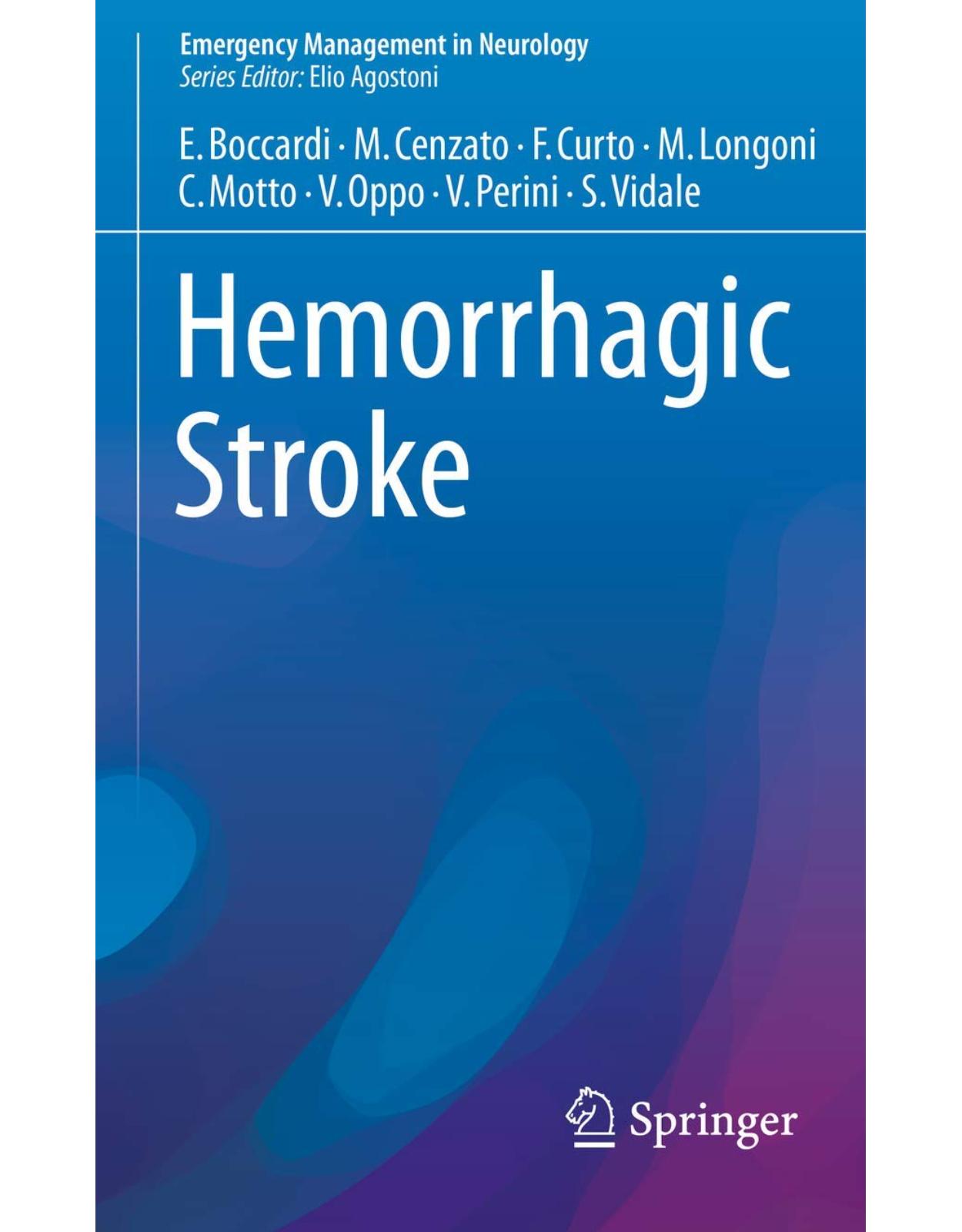
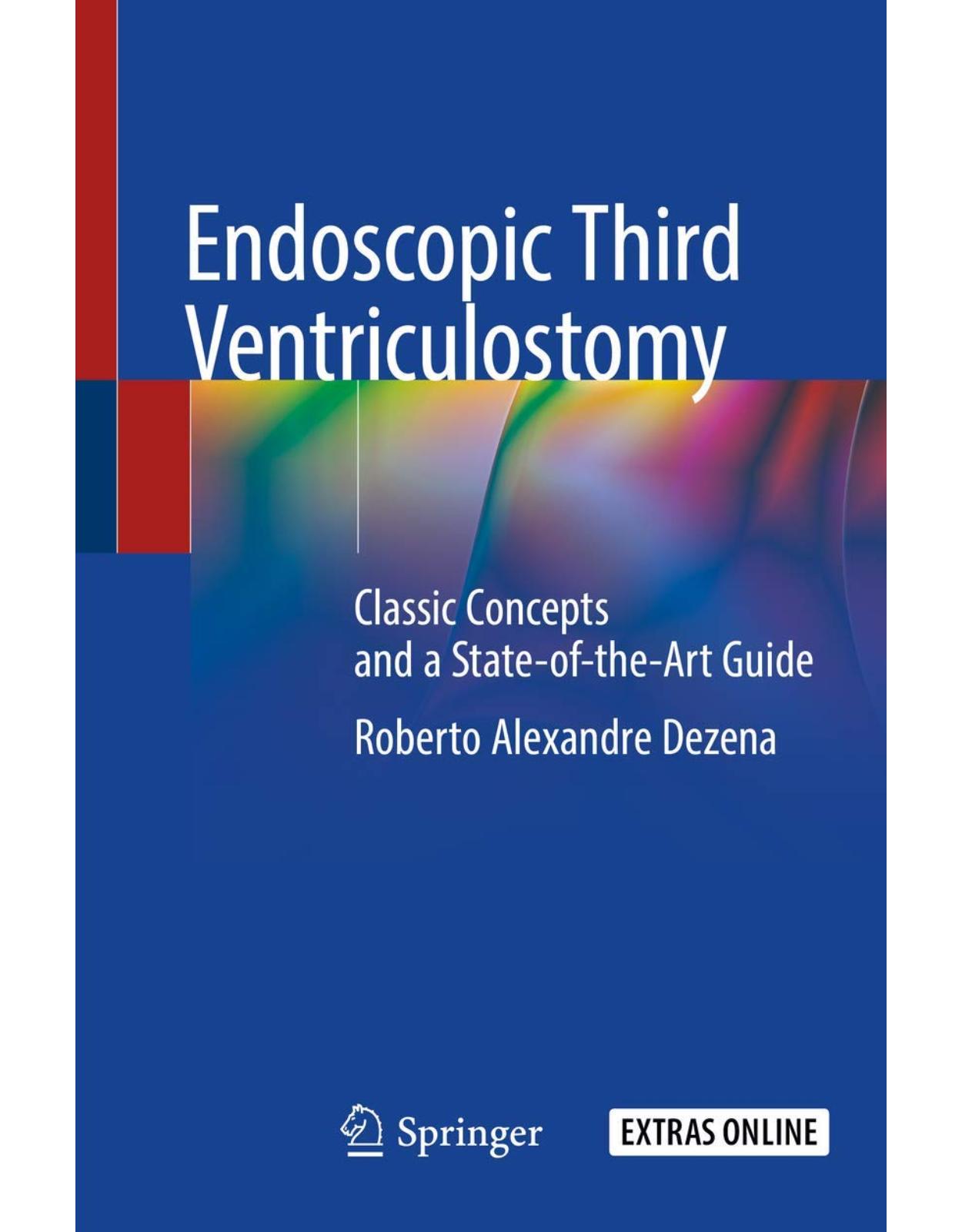
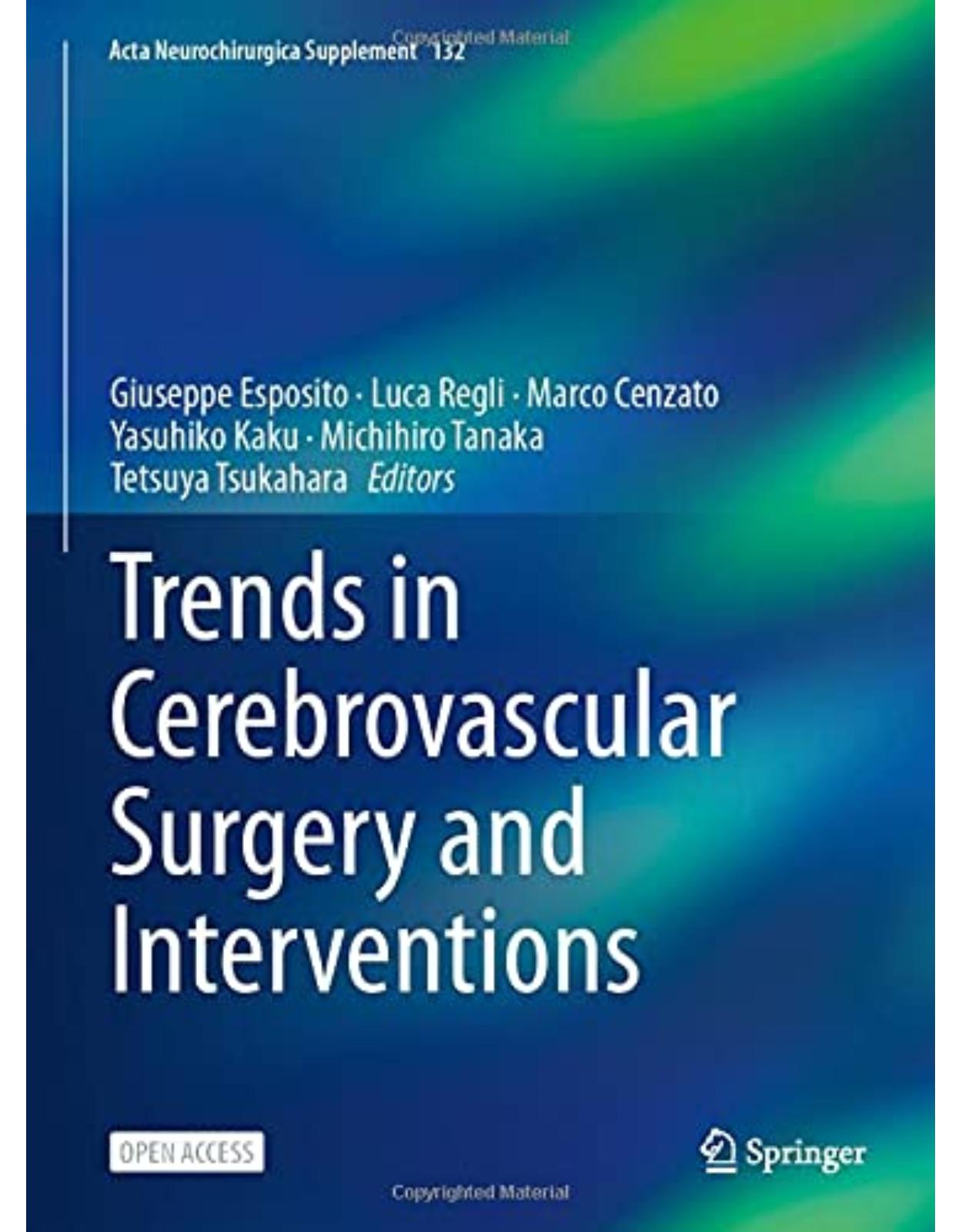
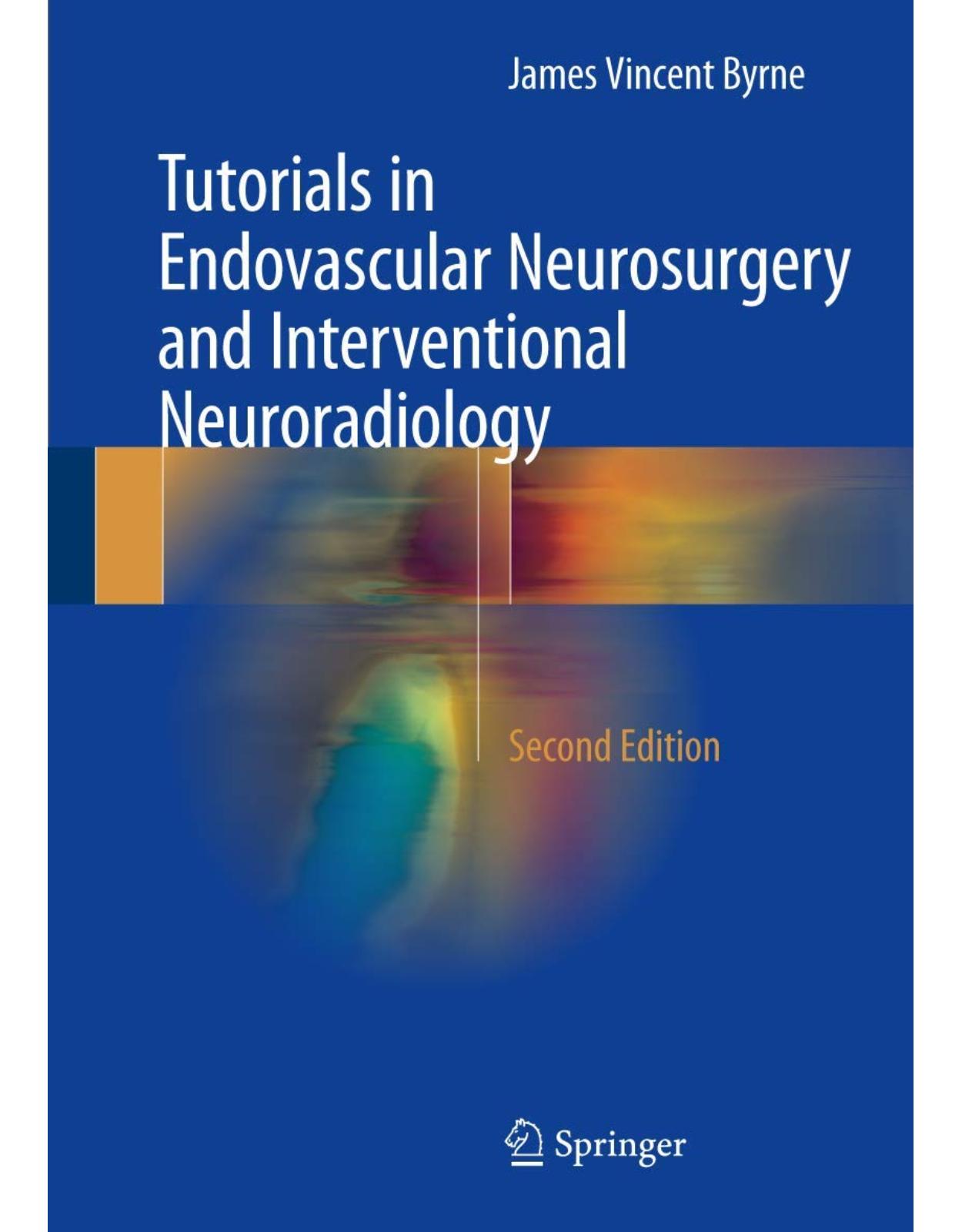
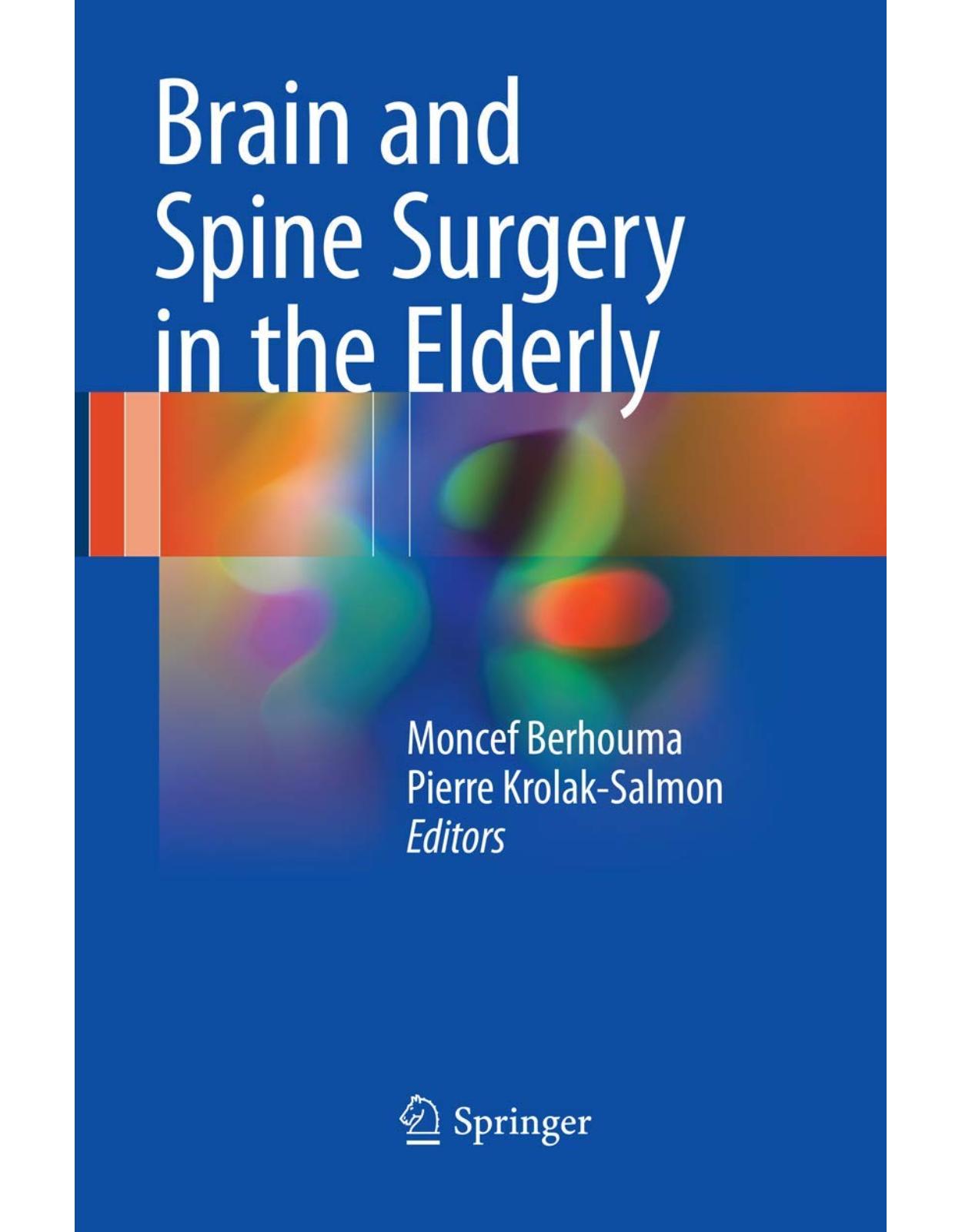
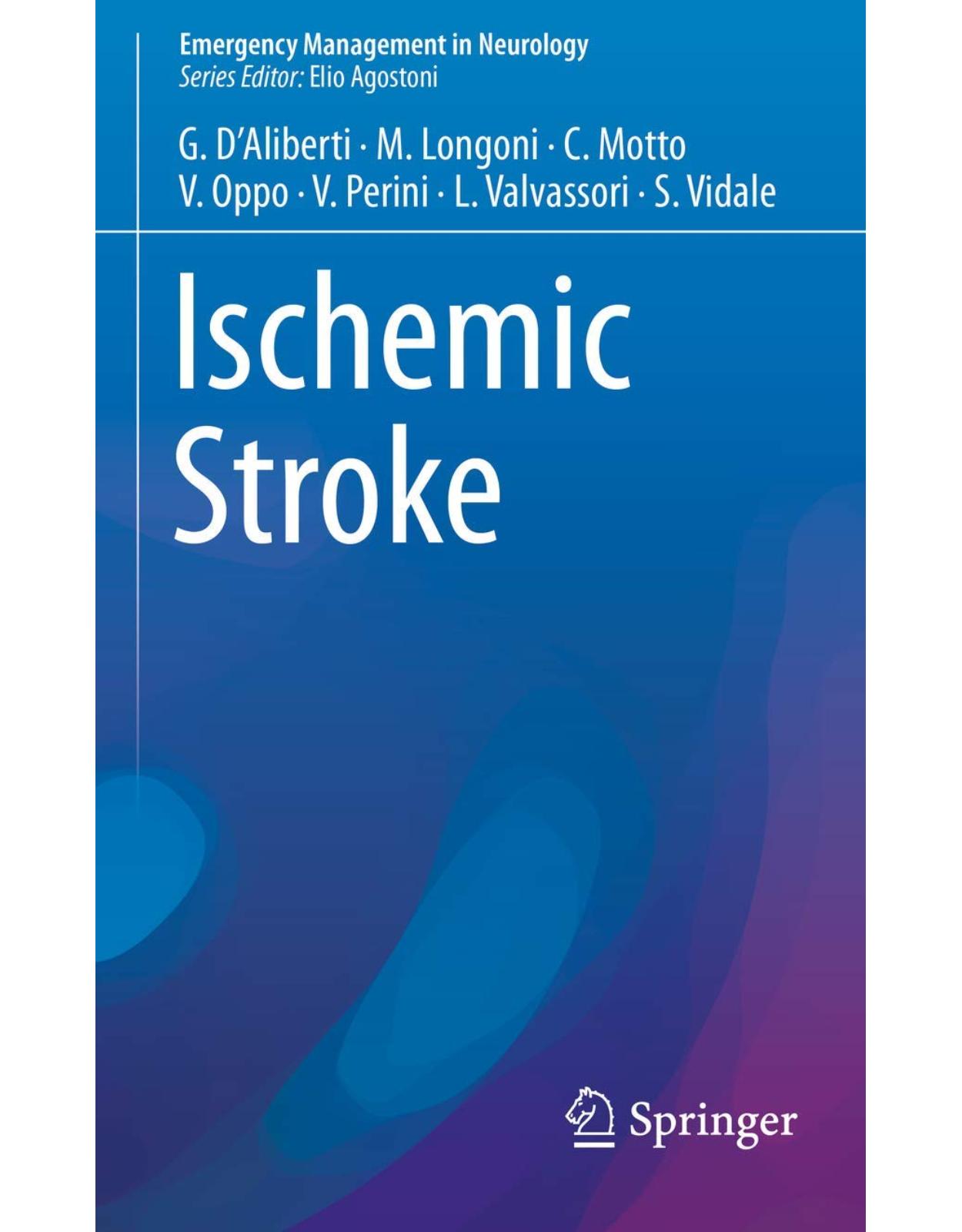
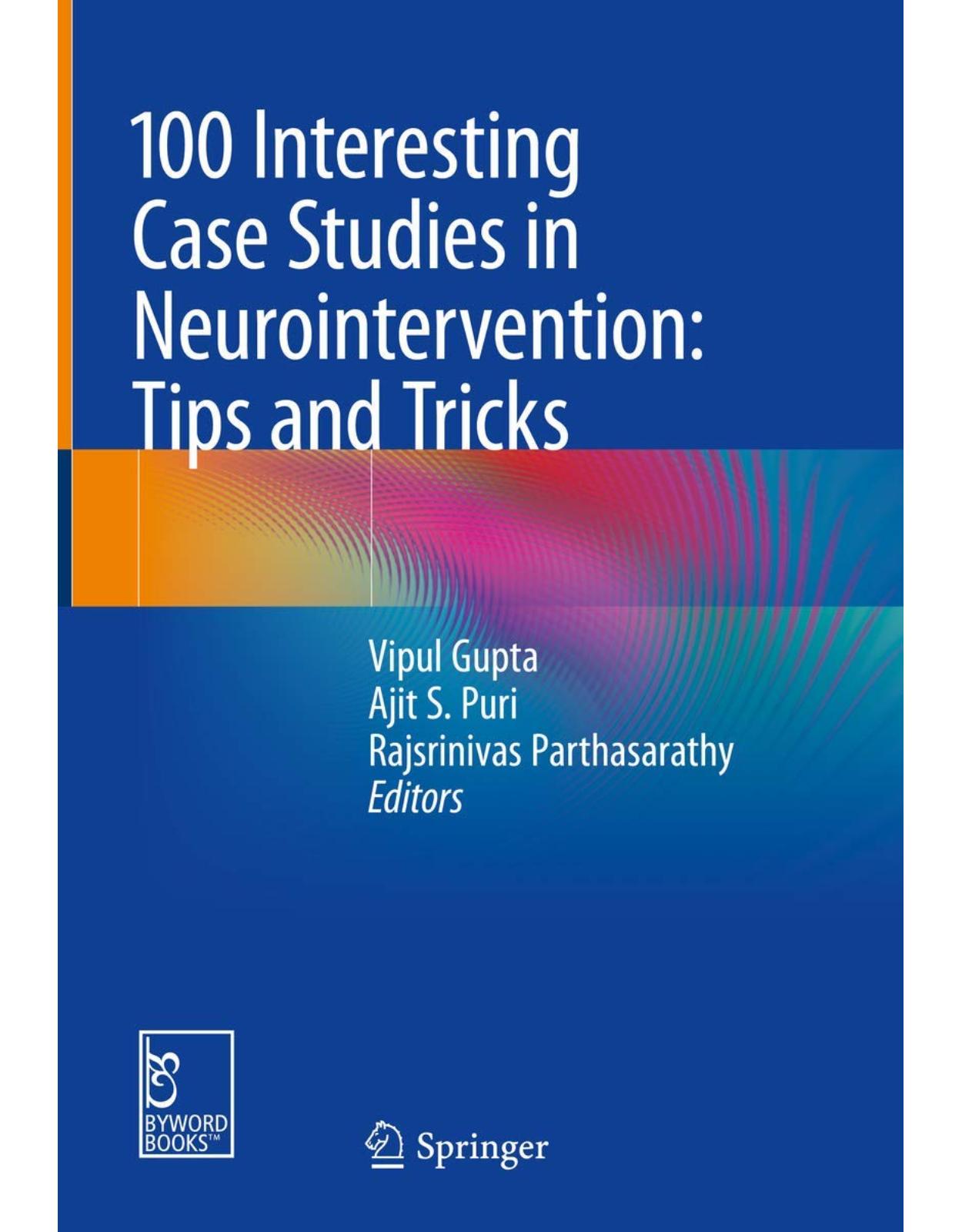
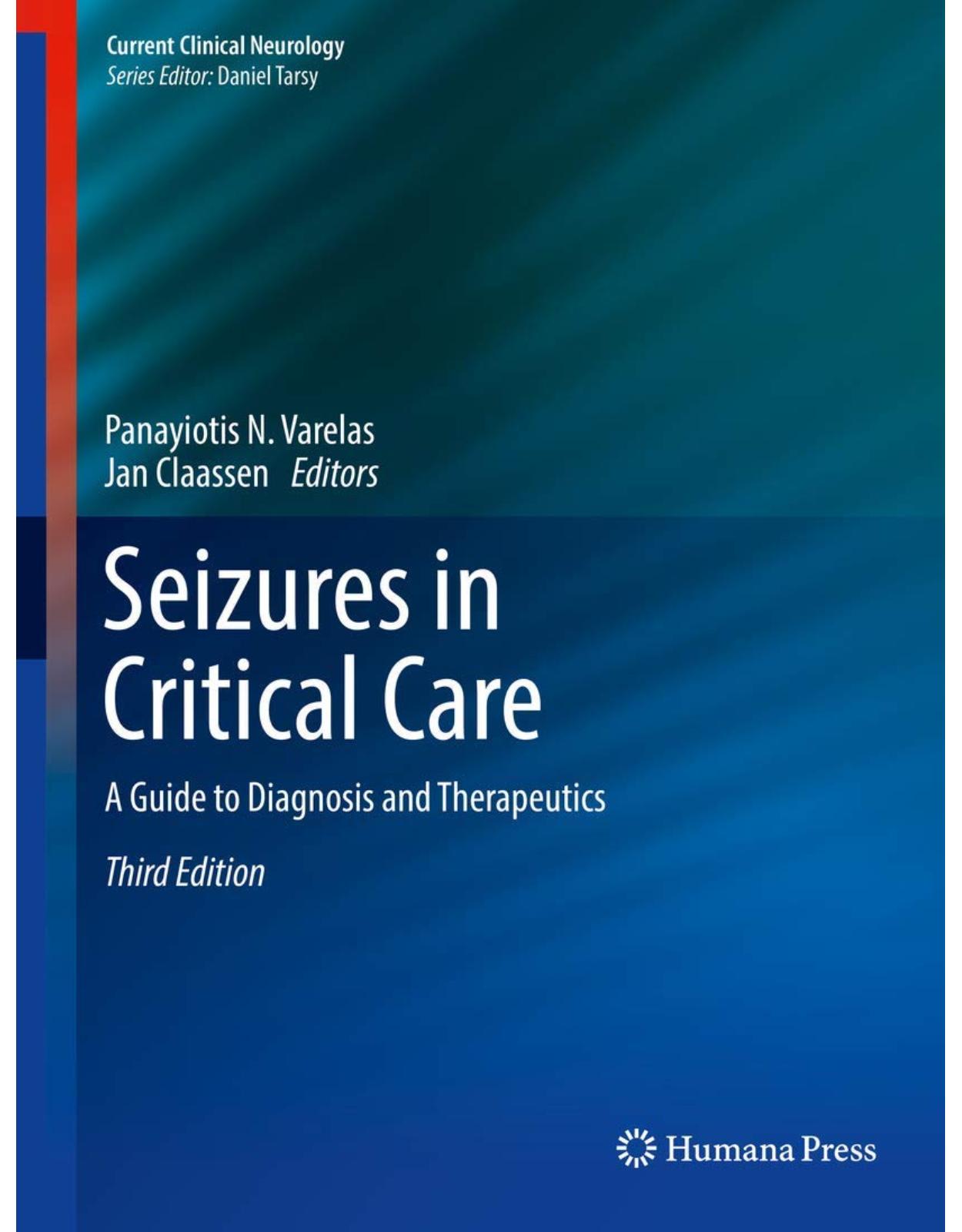
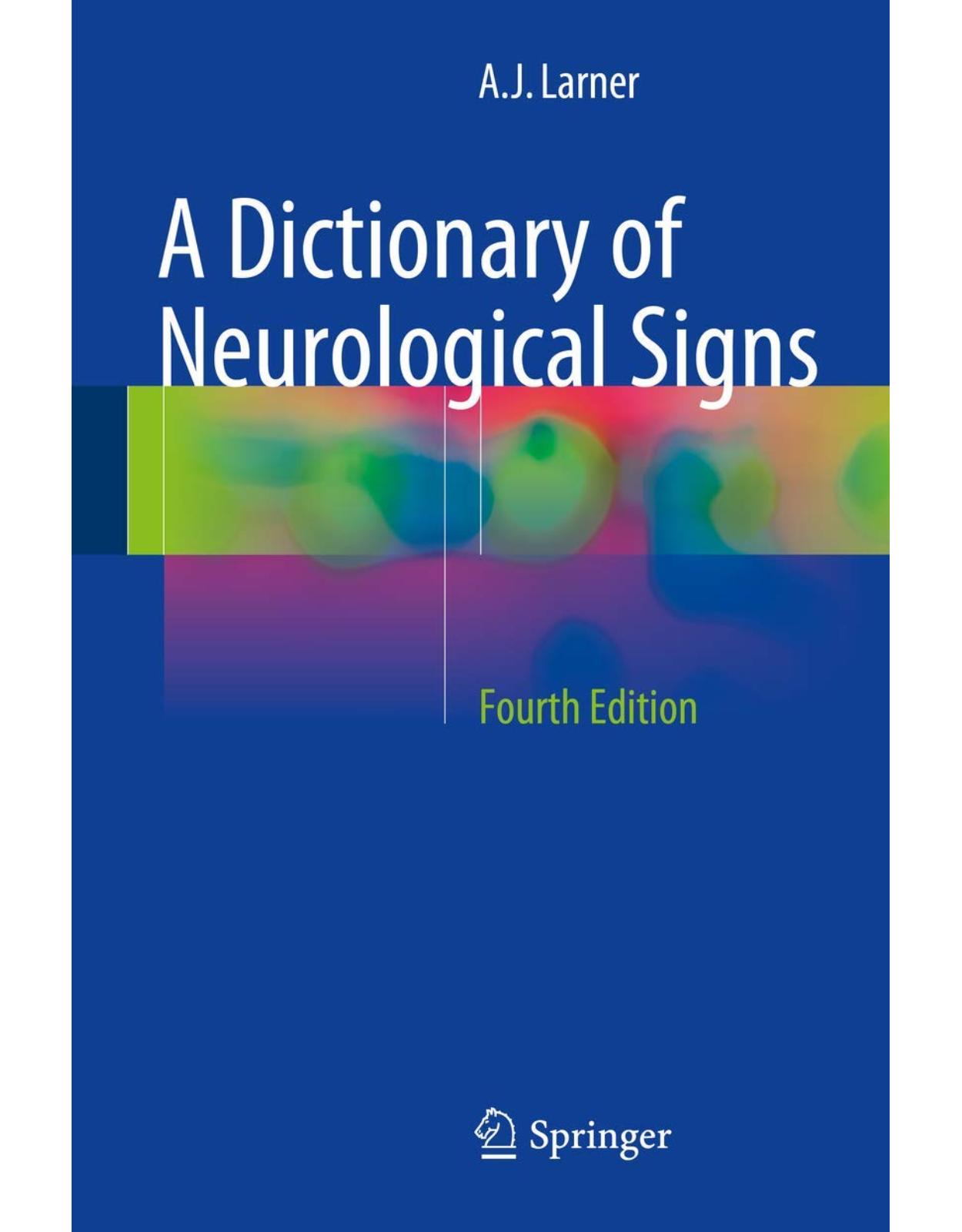

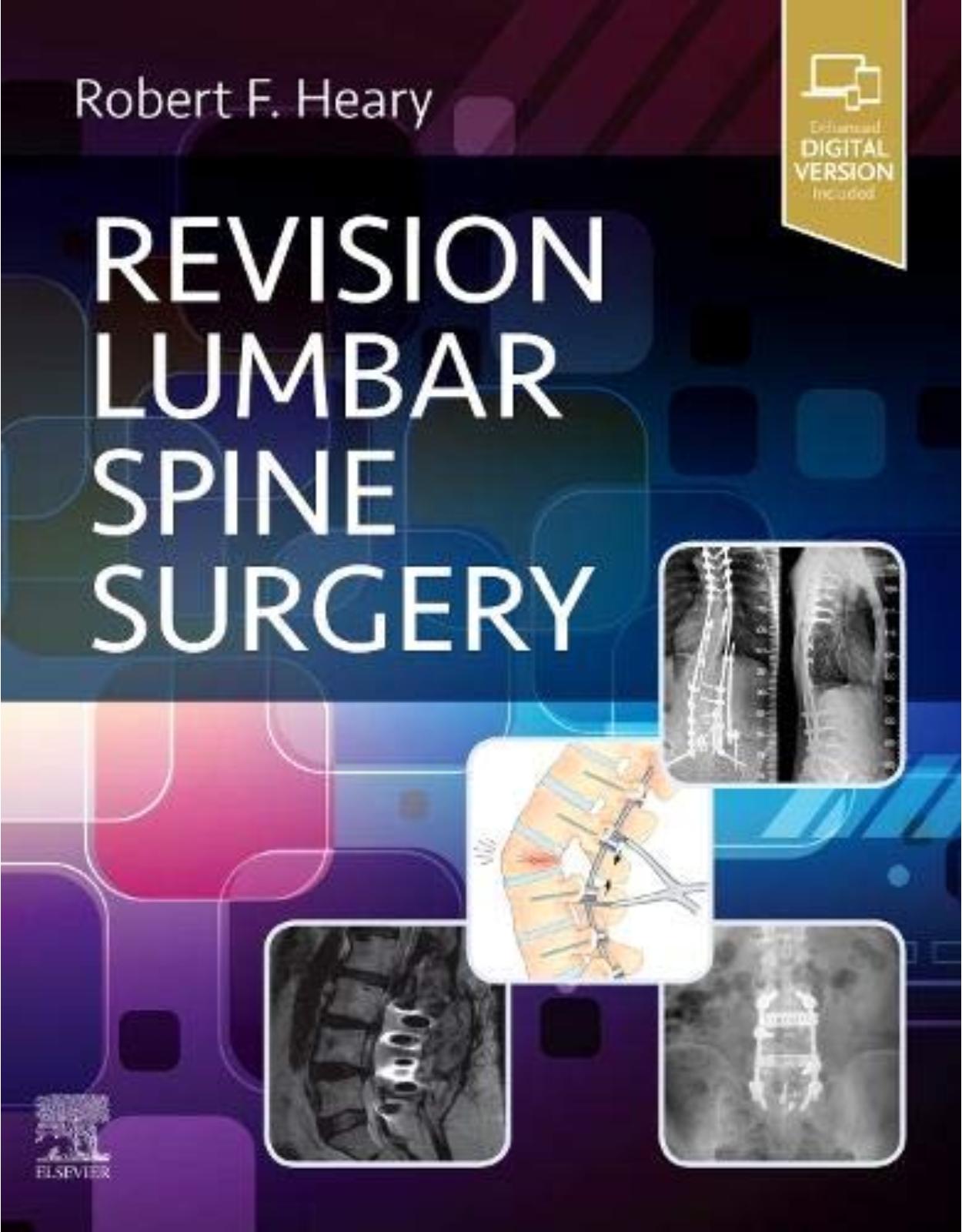


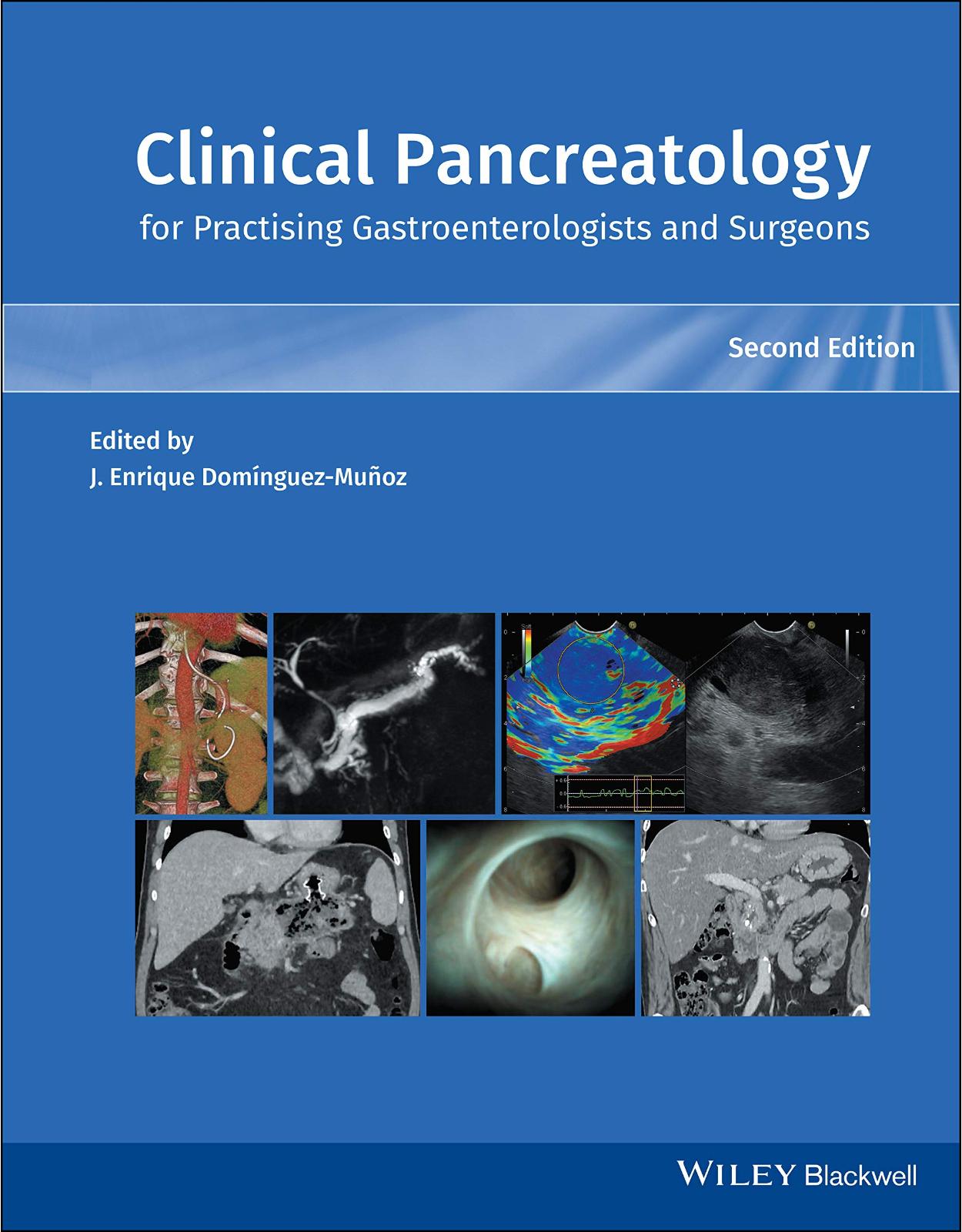


Clientii ebookshop.ro nu au adaugat inca opinii pentru acest produs. Fii primul care adauga o parere, folosind formularul de mai jos.